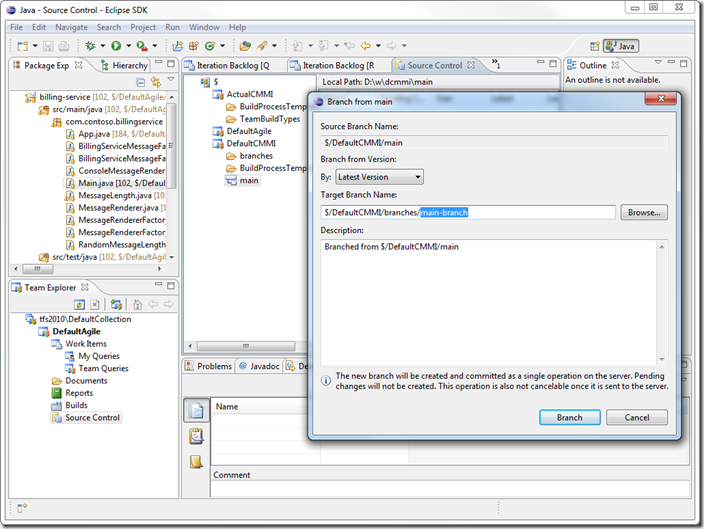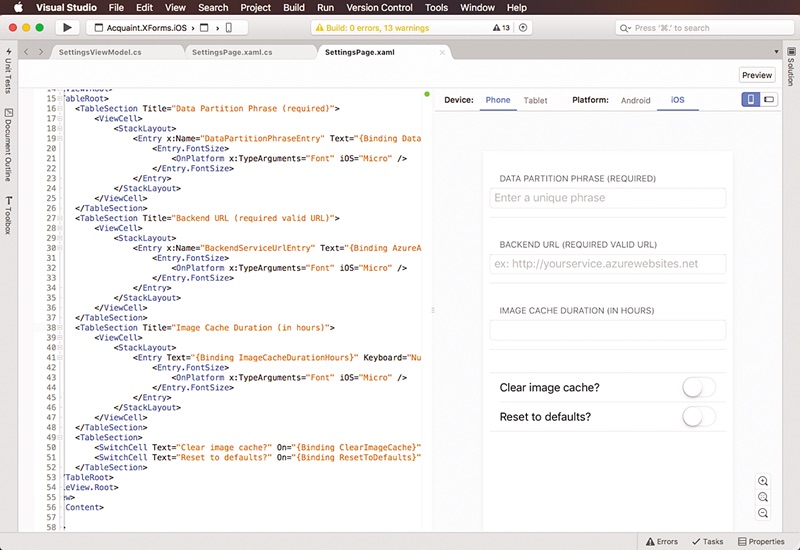
How To Connect Visual Studio For Mac To Tfs
In November, we announced Visual Studio for Mac, a fully featured IDE that we hope will help every Mac developer create mobile and cloud applications.We started with a solid foundation for mobile development using Xamarin, and cloud development using.NET Core. Over the past few months we have been working on porting C# code that was originally designed to work on Windows to the Mac. Visual Studio Team Foundation Services Exension for VSC allows. On various platforms, including Mac and a number of Linux variants.
Here's an experiment to work locally on a Mac using Git and my editor of choice -- while integrating well with Microsoft TFS which houses company-wide code.
If you want to work completely in Windows see:
Goals
On Windows running in a VM, use TFS normally for checking out branches, and checking in company-wide code.
Nothing can stop us, we keep fighting for freedomdespite all the difficulties we face each day.Last but not less important is your own contribution to our cause. This release was created for you, eager to use ArcSoft TotalMedia 3.5 full and with without limitations.Our intentions are not to harm ArcSoft software company but to give the possibility to those who can not pay for any pieceof software out there. Our releases are to prove that we can! This should be your intention too, as a user, to fully evaluate ArcSoft TotalMedia 3.5 withoutrestrictions and then decide.If you are keeping the software and want to use it longer than its trial time, we strongly encourage you purchasing the license keyfrom ArcSoft official website.

On Mac OSX, use Git and my editor of choice to work locally.
Make it easy to go back and forth between my local Git repo, and company-wide changes in TFS.
Windows Setup
Do all the normal TFS setup on Windows in VMWare Fusion.
Check out your branch into a folder.
Share that folder with your Mac via Windows Sharing.
Mac Setup
On Mac, connect to Windows via SMB. Now you should see your branch in /Volumes/[branch-name-here]
cd /Volumes/[branch-name-here]
Initialize git repo via
git initTurn off auto.crlf via
git config core.autocrlf false. Why? Since this is a local repository and line endings aren't really an issue, auto-converting them to the recommended LF via auto.crlf=input Git config setting creates slow Git operations on large trees since it has to continually do the LF <-> CRLF conversion on diffs, status, etc. If this were a public repo with line-ending issues then it makes sense to http://help.github.com/dealing-with-lineendings.In my case I just want to use git with one folder in the root of the repo, so I added the other files/folders into a .gitignore file so Git doesn't remind me about those Untracked files.
Another suggestion for large trees may be to be more selective in .gitignore (to exclude images, assets, binaries, etc) so less for Git to worry about.
git addyour .gitignore(s) and files/folders of interest.Agisoft photoscan professional (free version download for mac windows 7. Download Agisoft PhotoScan Professional 1.2.4 for Mac from our website for free. The most popular version of Agisoft PhotoScan Professional for Mac is 1.0. This Mac app is an intellectual property of Agisoft. Our antivirus analysis shows that this Mac download is clean.
git commit -a

Developer Workflow
On Windows in TFS, check-out files you want to work with in TFS so it recognizes changes made in the filesystem (and removes the read-only flag).
On Mac, make changes locally using Git and your local editor. Keep iterating.
When you're ready, go back to TFS and check your files in.